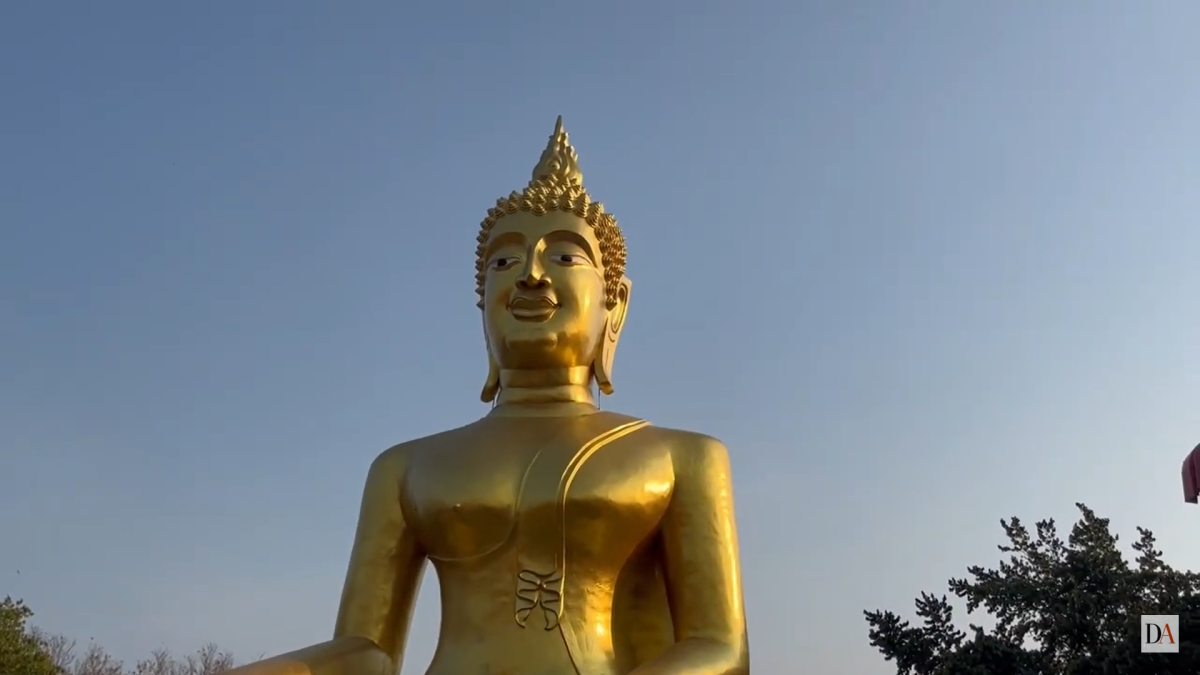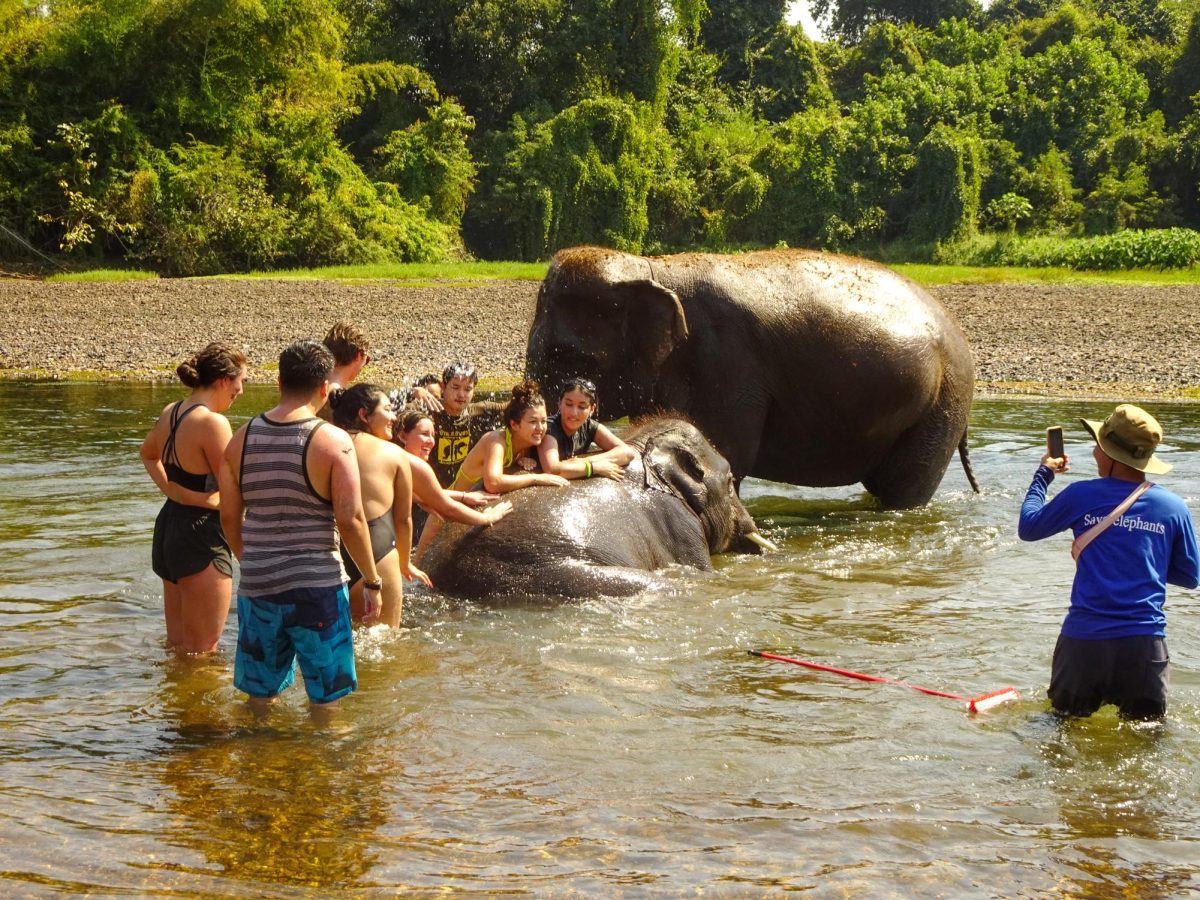Last week, I received an e-mail from the San Diego State Student Senate. Unlike most of its e-mails, this one had an interesting subject line: “Open Forum on Freedom of Expression and Academic Freedom.”
The message was an invitation sent to all students to attend an open forum that would address the current state of free speech at SDSU and would also evaluate expanding the areas of “public freedom of expression” beyond the current Free Speech Steps.
This forum isn’t necessary.
University policies concerning freedom of expression at SDSU are in good shape; we have plenty of outlets to express ourselves and are rarely limited in what we can say.
One needs only to take a stroll around campus to notice this: Billboards are constantly plastered with activists’ fliers, announcing their agendas and meetings, and there’s an organization or club for almost any special-interest group one could possibly think of.
For example, I have seen women walking around campus gleefully shouting, “Vagina!” to promote the “Vagina Monologues.”
On any given day, a conservative religious group is readily available at the Free Speech Steps to inform you that you are destined for hell. The International Socialist Organization hands out reading material, and even professors openly speak out against the government and California State University policies.
It seems everyone can pretty much express themselves in any way.
Of course, there’s always a group that complains about being repressed and claims to have a lack of outlets for self-expression. It’s an absurd claim. Sure, there are some limits placed on free speech at SDSU, but by no means does the campus resemble a totalitarian, Orwellian nightmare.
However, this is not to say certain improvements shouldn’t be made on campus.
For instance, there should be more free expression and open dialogue in the classrooms. Classes at SDSU are by no means closed-minded and repressive, but we can only benefit by incorporating discussion into a class – even if it is only for a few minutes.
In one of my classes this semester, my professor begins each session with the same question: “What’s going on in the world today?” The next 10 or 15 minutes is spent in open discussion among the students. This exercise is not about political correctness, but neither is it a free-for-all debate. What it does is keep the class on its toes, and it forces students to keep up with the news and form personal opinions, which our professors and peers are ready to challenge.
“What do you think about it?” is the powerful question this professor poses on a daily basis.
Although some students have been reluctant to dive headfirst into certain controversial topics – perhaps because of indifference or fear of criticism – it’s a start and a great way to begin class before the lecture.
I’m against expanding free speech areas beyond what we already have at SDSU.
Not because I support limiting free expression, but because what is done on the steps and outside Aztec Center has lost its original purpose. The Free Speech Steps have evolved into a gauntlet of religious, political and environmental groups, vendors, petitioners and salesmen eagerly waiting to accost students who are simply trying to travel across campus.
Expanding the area is only going to increase the places on campus where you can be handed coupons or asked to save the whales. Although this is technically “freedom of expression,” I’m sure it is not what the Free Speech Steps were created for.
The bottom line is that students have a lot of opportunities to speak their minds – both inside and outside the classroom – and freedom of expression at SDSU is in good shape. Although there are limits, they are rare and justified.
If we’re going to expand free speech on campus, let’s do so in a way that is less about enabling solicitors and more about encouraging intelligent expression.
-Matt Cerezo is a marketing senior.
-This column does not necessarily reflect the opinion of The Daily Aztec. Send e-mail to letters@thedailyaztec.com. Anonymous letters will not be printed – include your full name, major and year in school.






